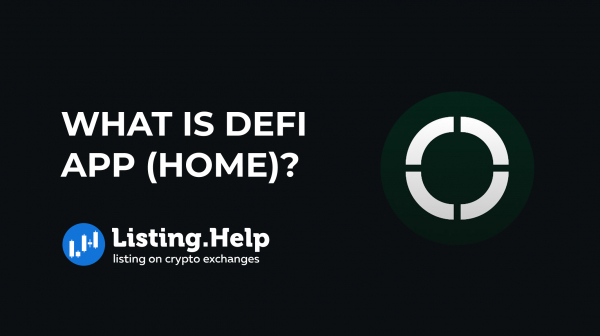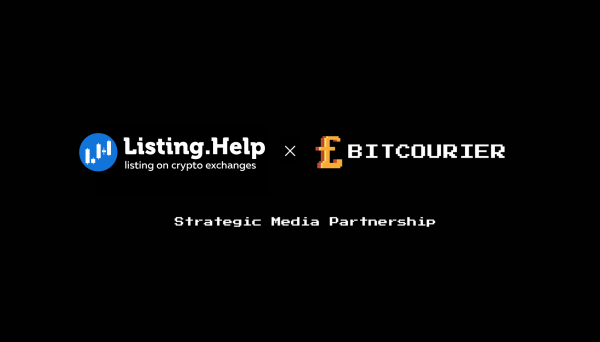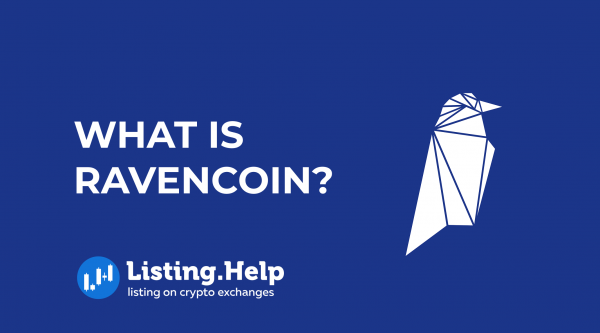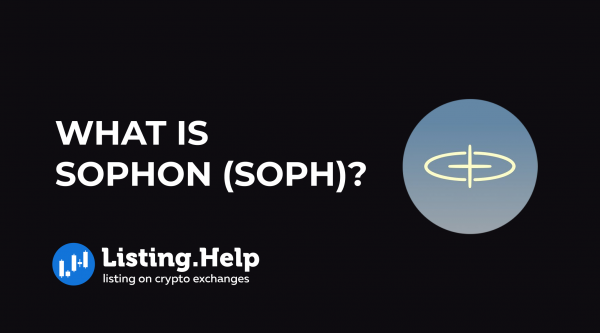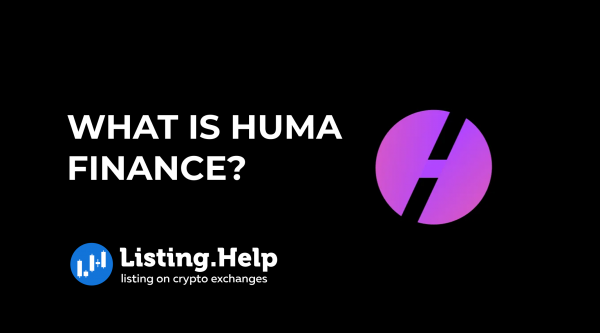What Are Wrapped Tokens?
 January 21, 2024
January 21, 2024 Updated: January 27 2025, 07:22
Updated: January 27 2025, 07:22
LEAVE A REQUEST
Launching your own token project? Our experts are ready to help with listing on exchanges, market making, marketing and other solutions
SUBMIT APPLICATIONThe current challenge in blockchain technology is achieving interoperability among different networks. Cryptocurrencies like Bitcoin and Ethereum are restricted to their own blockchains and cannot be directly used on other chains. This is where wrapped tokens come into play.
By enabling the use of assets across various blockchains, wrapped tokens enhance the versatility and utility of cryptocurrencies, broadening their application in the global digital economy.
Wrapped tokens are digital assets that represent a cryptocurrency from one blockchain on a different blockchain. They essentially allow a cryptocurrency to be used outside of its native environment. This article aims to explain in detail what wrapped tokens are and why they’re becoming increasingly popular among crypto traders.
What is a Wrapped Token?
A wrapped token is a type of cryptocurrency that enables the use of a particular asset, like Bitcoin or Ethereum, on blockchains where it’s not natively supported. This innovation is crucial for blockchain interoperability, allowing crypto assets to be utilized across various blockchains and decentralized finance (DeFi) platforms.
A custodian, often through a smart contract, “freezes” a specific amount of a cryptocurrency, like Bitcoin. In return, the user receives an equivalent amount of a wrapped token, for example, wrapped Bitcoin (wBTC). This process takes the original crypto out of circulation and replaces it with a wrapped version.
The wrapped token can then be used across different blockchains, retaining the same value as the original asset. Essentially, each wrapped token is pegged to the value of the original cryptocurrency in a 1:1 ratio. This ability to operate across multiple blockchains makes wrapped tokens a versatile and valuable tool for crypto traders, expanding their ability to access various goods and services in the blockchain ecosystem.
How Do Wrapped Tokens Work?
Wrapped tokens function by representing a specific cryptocurrency on a blockchain where it’s not natively supported, allowing for greater flexibility and interoperability in the crypto world. Let’s explore this through the example of Wrapped Bitcoin (WBTC), a tokenized version of Bitcoin on the Ethereum network.
WBTC is an ERC-20 token, designed to have a one-to-one value correspondence with Bitcoin, thereby enabling the use of Bitcoin (BTC) within the Ethereum ecosystem.
The operation of wrapped tokens involves a custodian, which can be an individual, a group (like a DAO), or a programmed entity (such as a smart contract). This custodian is responsible for holding an amount of the original asset (like Bitcoin) that is equal to the number of wrapped tokens issued. In the case of WBTC, for every WBTC token created, there should be an equivalent of 1 BTC held by the custodian. This is verified through on-chain proof of reserves.
The wrapping process begins when a merchant sends BTC to the custodian. In response, the custodian mints an equivalent amount of WBTC on the Ethereum blockchain. Conversely, when someone wants to convert their WBTC back to BTC, a ‘burn’ request is issued. This request prompts the custodian to release the corresponding BTC from the reserves, and the WBTC is effectively taken out of circulation.
In WBTC’s case, decisions like adding or removing custodians and merchants are governed by a Decentralized Autonomous Organization (DAO).
It’s important to note that while some may compare Tether (USDT) to wrapped tokens, there are differences. USDT generally maintains a one-to-one trade value with the US dollar. However, Tether’s reserves do not consist of an exact one-to-one physical USD backing for each USDT. Instead, the reserves include various assets like cash, cash equivalents, and receivables from loans. Despite this, USDT functions similarly in concept, acting as a digital representation (or ‘wrapped’ version) of the fiat USD.
Benefits of Wrapped Tokens
Wrapped tokens offer several advantages in the blockchain and cryptocurrency space, addressing some of the limitations of native tokens and enhancing the overall functionality of digital assets.
1. Cross-Blockchain Compatibility: Many blockchains have their own unique token standards, such as ERC-20 for Ethereum and BEP-20 for Binance Smart Chain (BSC). However, these standards are not natively interoperable across different blockchains. Wrapped tokens solve this by allowing non-native tokens to be used on any given blockchain. For example, Bitcoin, which is native to its blockchain, can be wrapped as WBTC (an ERC-20 token) and used within the Ethereum ecosystem.
2. Increased Liquidity and Capital Efficiency: By enabling the wrapping of idle assets from one chain and their utilization on another, wrapped tokens create more interconnectedness between liquidity pools that would otherwise be isolated within their respective blockchains. This enhances the overall market fluidity and provides more trading opportunities.
3. Improved Transaction Efficiency: One of the notable issues with some cryptocurrencies, like Bitcoin, is their slower transaction times and potentially high fees, especially during peak periods. Wrapped tokens can mitigate these issues. By wrapping an asset like Bitcoin and using it on a blockchain with faster and cheaper transactions, users can enjoy the inherent value of Bitcoin with the added benefits of speed and cost-effectiveness. This makes transactions more efficient and user-friendly, particularly for those who frequently move assets across different platforms.
Disadvantages of Wrapped Tokens
Wrapped tokens significantly enhance blockchain interoperability and flexibility, yet they come with certain challenges:
1. Reliance on Third-Party Custodians: One major issue with the current model of wrapped tokens is the dependency on third parties to hold the original assets. This arrangement necessitates a high level of trust in these entities to securely manage the backing of the wrapped assets. Such dependence can introduce vulnerabilities and is somewhat at odds with the decentralized principles of blockchain technology.
2. Absence of Direct Cross-Chain Capabilities: Although wrapped tokens enable the use of digital assets across different blockchains, they don’t support direct cross-chain transactions. This shortcoming typically involves a middleman handling the wrapping and unwrapping processes, which can add layers of potential risk, complexity, and expense.
3. Progress Towards Decentralization: Efforts are underway to develop more decentralized approaches for the creation and management of wrapped tokens. These future methodologies aim to facilitate trustless issuance and redemption, eliminating the necessity for centralized custodians. However, these innovations are still under development and not yet broadly implemented.
4. Cost and Efficiency Issues: Creating wrapped tokens, particularly on networks with high transaction fees like Ethereum, can be costly. Furthermore, traders may experience slippage, where the final execution price of a trade differs from the expected price, leading to potential additional costs or inefficiencies.
Wrapped Tokens on Ethereum
Wrapped tokens on the Ethereum blockchain are essentially tokens from other blockchains that have been adapted to conform with the Ethereum ERC-20 standard. This adaptation enables the use of assets from non-native blockchains within the Ethereum ecosystem. However, it’s important to note that the process of wrapping and unwrapping these tokens on Ethereum incurs gas fees, as with most operations on the network.
The way these wrapped tokens are implemented can vary significantly, and we’ve covered these variations in greater detail in our article on tokenized Bitcoin.
A particularly notable instance of a wrapped token on Ethereum is Wrapped Ether (WETH). To understand WETH, it’s essential to consider the relationship between ETH (Ether) and the ERC-20 standard. ETH is the native cryptocurrency used for transaction fees on the Ethereum network. The ERC-20 standard, meanwhile, is a protocol for issuing tokens on Ethereum, with several tokens like Basic Attention Token (BAT) and OmiseGO (OMG) being notable examples.
However, ETH predates the ERC-20 standard and isn’t naturally compliant with it. This discrepancy poses challenges, particularly in decentralized applications (DApps) that necessitate conversions between ETH and ERC-20 tokens. To address this, Wrapped Ether (WETH) was introduced. WETH is essentially a tokenized version of ETH that aligns with the ERC-20 standard, thereby facilitating smoother interactions and transactions within Ethereum’s DApp ecosystem and ERC-20 compliant platforms.
Conclusion
Wrapped tokens significantly enhance connections between diverse blockchain systems. They represent assets from one blockchain within another, bolstering interoperability in the crypto and DeFi spaces. This innovation leads to more fluid capital movement and facilitates liquidity sharing among various platforms.

For deeper insights into blockchain technology, check out our Listing.Help Blog.






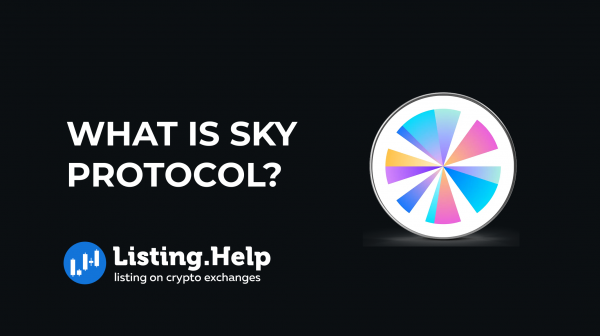
 June 28, 2025
June 28, 2025 


